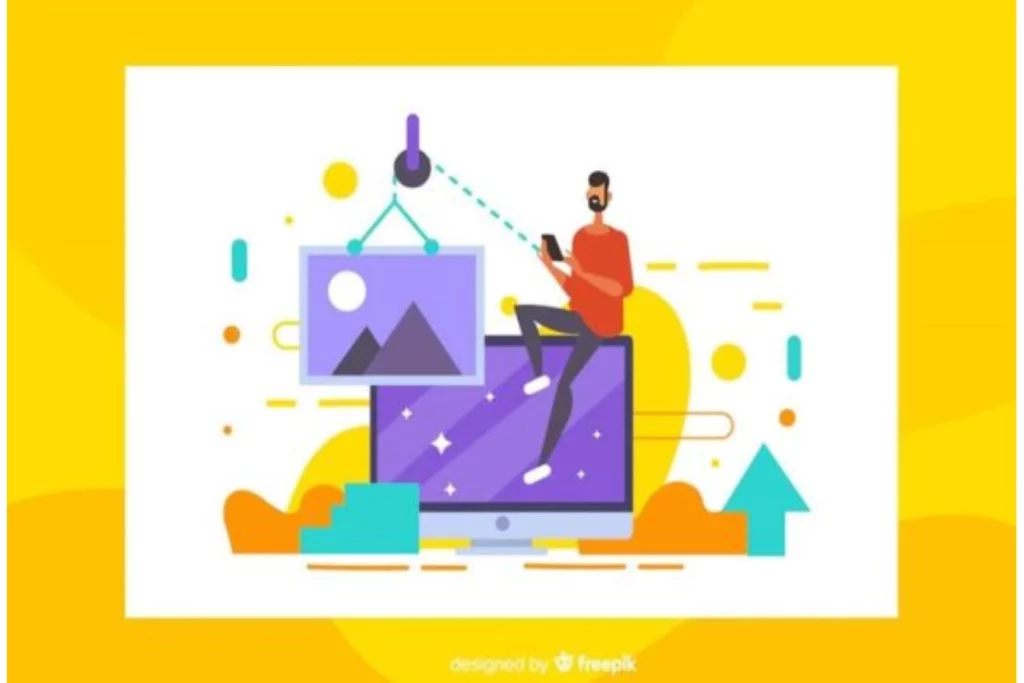Check out these suggestions if you’re a developer looking to take full advantage of Google Images’ best features. We’ve got five ways you can use the Google Images API to access a tonne of information about any image on the internet.
The Google Images API may give you a lot of information about an image, including:
The Google Images API may give you a lot of information about an image, including:
Recognize the information you want the API to provide. A few of the information that the Google Images API can provide for an image include its URL, title, and size. However, it can be challenging to understand how to utilize the API efficiently if you don’t know what kinds of information you want to access in advance. Pick the proper search terms.
Table of Contents
The image’s URL
The Google Images API is a powerful tool for developers and can be used to make a variety of different applications. Use the right search terms. When using the Google Images API, it’s important to use specific and accurate search terms. Otherwise, you may get irrelevant results. Limit your results: The Google Images API lets you specify how many results you want per page.
A thumbnail of the image
If you’re working with the Google Images API, there are a few tips that can help you get the most out of it. First, make sure to take advantage of all the available query parameters. Second, use high-quality images wherever possible. Third, be mindful of image size and file type when making your requests. Fourth, keep an eye on your quota usage. And finally, if you need more than 10 million results per day, consider using the commercial version of the API.
Title and description associated with the image
If you’re working with the Image Search API, there are a few things you can do to get the most out of it. First, make sure that your image is as high-quality as possible. More people are likely to find your image when they search for something comparable if it is of higher quality. Second, add keywords to your image’s title and description. If people search for those terms, this will make it easier for them to find your image.
Various comparable pictures of it
Be sure to carefully read the documentation before getting started if you’re a developer using the Google Images API. Long-term, it will save you time and hassle. Second, use all the API’s features to your advantage. Third, when looking for photographs, use trustworthy sites. Use image search operators as your fourth strategy.
The Three Components of Google Image Optimization
There are three main components to Google Image Optimization. Here is a quick overview of these items.
#1 Alt Tag
An alt tag, also known as alt text, is text that defines an image on your site. Since the Google bot can’t “read” an image, the alt text is available so Google can still learn the context of the image.
But alt text is also important for users and the end-user experience, especially for people who are visually impaired or blind. A screen reader can read alt text so that visually impaired people know what the image represents.
#2 Image size
Each image has a width and height specification that is part of the raw code.
#3 Crawlable Images
As you’re used to with your web pages in general, Google needs to be able to crawl your images to learn about them.
